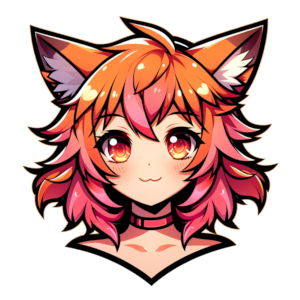Anime picture neko paradise №528059
Current status set by: 7nik
Date upload: 06/27/2017 3:07 PM
Date published: 07/02/2017 5:08 AM Downloads: 347
Resolution: 1280x826 1.55 Size: 204.28KB
Color: lightpink (192 182 186)
Artifacts degree: 34.3681
Smooth degree: 149.9481
Complex: 4.3630
Date upload: 06/27/2017 3:07 PM
Date published: 07/02/2017 5:08 AM Downloads: 347
Resolution: 1280x826 1.55 Size: 204.28KB
Color: lightpink (192 182 186)
Artifacts degree: 34.3681
Smooth degree: 149.9481
Complex: 4.3630
Favorites for
(A) Similar to
About artists



